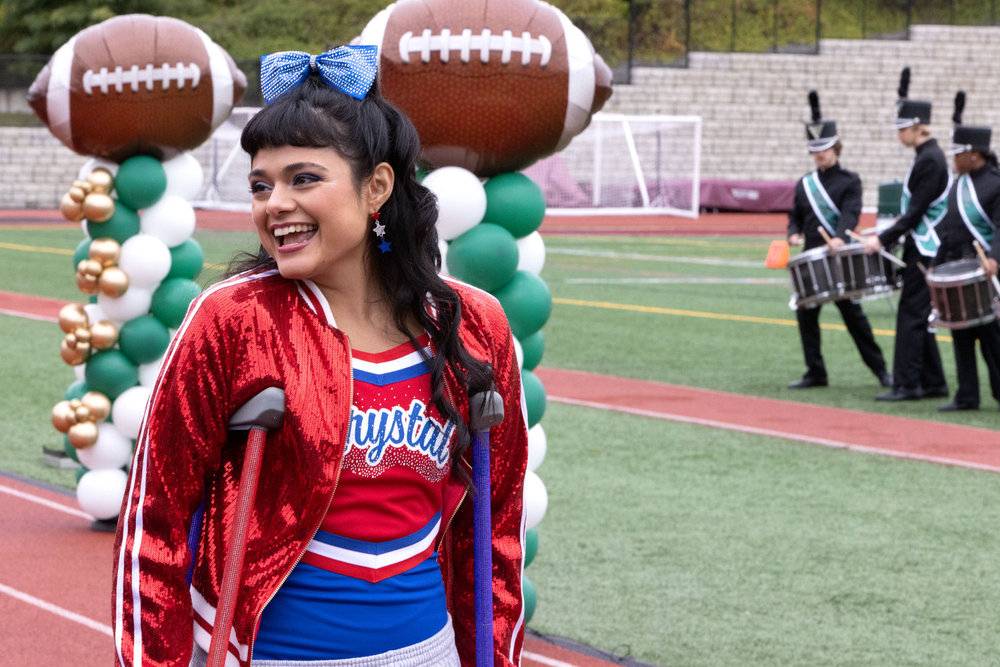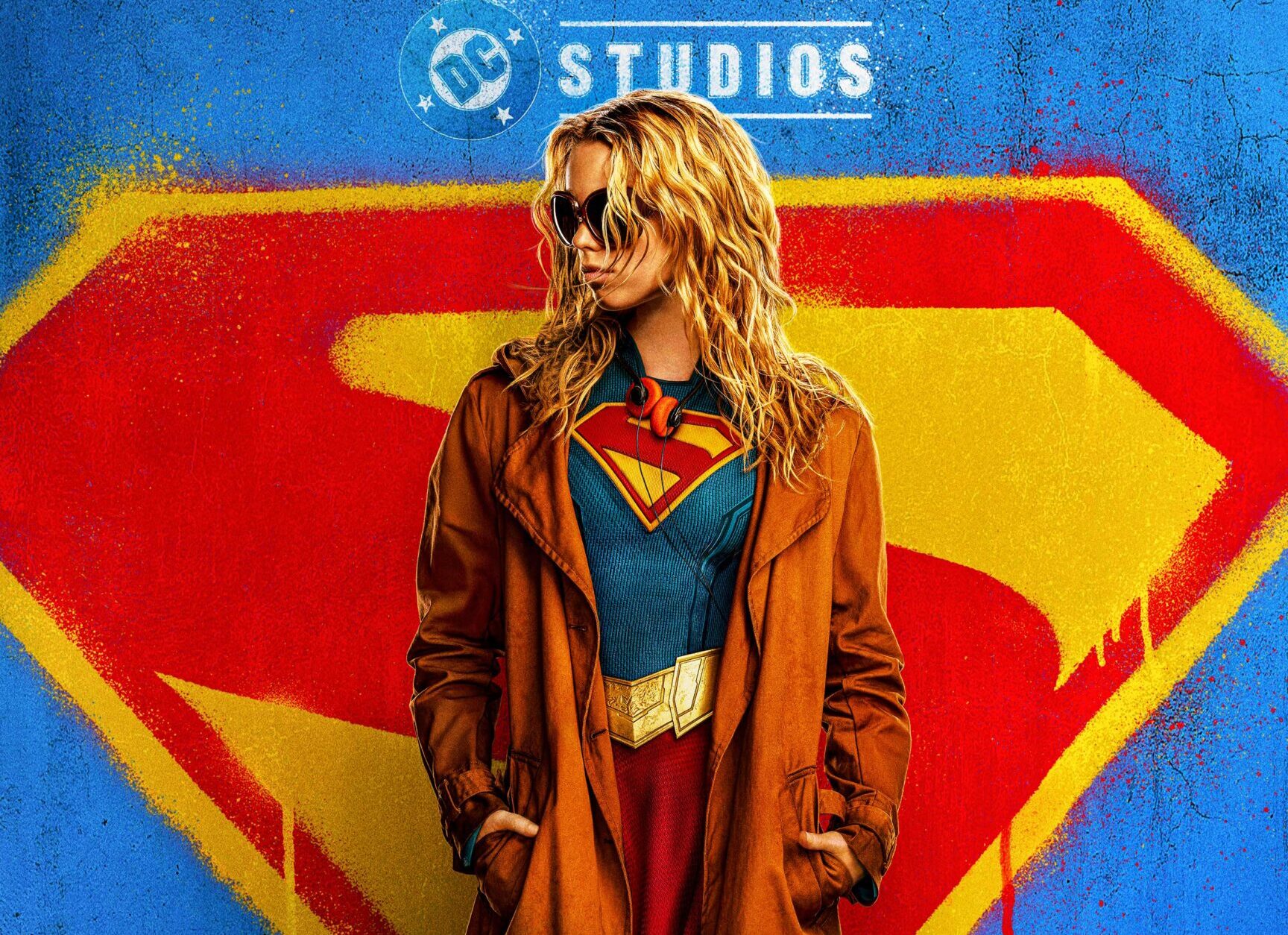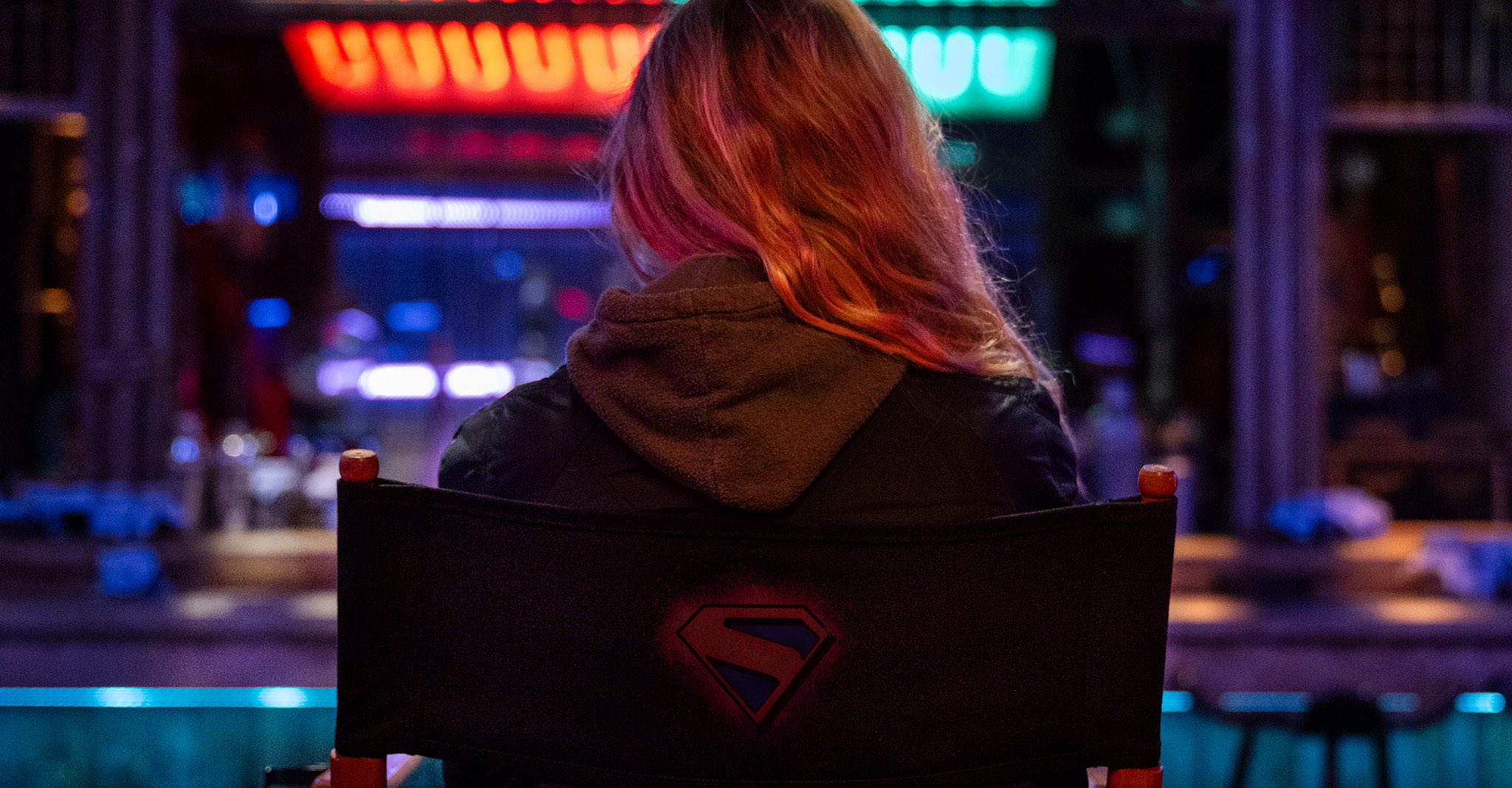
Don’t ever forget about Pooh, Christopher Robin.
Walt Disney Pictures present another rendition of Winnie the Pooh and gang as a live action film with Christopher Robin.
In this film, Christopher Robin is deep into his adult life without fun, imagination and happiness. He simply forget all the things he loved due to work and family. It takes his childhood friend Winnie the Pooh to help him rediscover the joys of life with a visit back to the Hundred Acre Wood for a new adventure.
The film stars Ewan McGregor, Hayley Atwell and Bronte Carmichael. The voice cast includes Jim Cummings as Winnie the Pooh and Tigger, Brad Garrett as Eeyore, Nick Mohammed as Piglet, Peter Capaldi as Rabbit, Sophie Okonedo as Kanga, Sara Sheen as Roo and Toby Jones as Owl.
The film is directed by Marc Forster based on the characters by A.A. Milne and Ernest Shepard.
LRM Online participated on a roundtable interview with the highly-respected voice actor Jim Cummings. Cummings entered the voice acting world with Winnie-the-Pooh in 1988, by replacing Hal Smith as this lovable children’s character. In the following year, he began to voice Tigger. He had voiced over 400 roles ranging from being the Tasmanian Devil in Taz-Mania to Scar in The Lion King.
Cummings talked about the love for Winnie-the-Pooh, the changes in the voice acting industry and the nostalgia of these lovable characters.
Christopher Robin is set for tonight’s previews in theaters and open nationwide tomorrow.
Read the interview below.
It’s been years since you’ve voiced as Pooh-Bear and Tigger. How easy was it for you to jump back into the voices of these characters?
Jim Cummings: It was terribly difficult. [Laughs] Oh, wait! No, it wasn’t. No, it was like yesterday. I think it’s in my DNA now. Pooh and Tigger were never far away. For me, anyway. I live in the Hundred Acre Wood.
Is it like that for all the characters you do? Or is this just something about these characters?
Jim Cummings: These guys are extremely special. Everybody said, “Well, I do a lot of characters. Well, who’s your favorite? Who’s your all time favorite?” And I go, “Well, first of all, I don’t have a [favorite]. But if I had to, it would be Pooh and Tigger.” They’re kind of in their own class and their own category. They’re on their own shelf and everybody else isn’t. [Paused and whispers] That’s, that was a good answer.
In your opinion, what, what makes these characters so timeless?
Jim Cummings: Well, they’re not tied to a fad. They’re not necessarily on skateboards, hover boards and there are no politics involved. They’re not flipping bottles. They’re kind of evergreen. They came from literature back in the twenties when [A.A. Milne] first wrote the bedtime stories about Christopher Robbin. They just had that timeless quality. It pulls you right back to your childhood. There’s no real fad involved in that type of thing. It’s timeless for everybody. It could be eight or eighty-eight. It pulls you back to your childhood. It’s that sweet time.
The other voice actors seem to shuffle around in each of these Pooh-Bear projects. To what do you think you owe your longevity in these two roles?
Jim Cummings: Blackmail. [Laughs] I have good on everyone. [Laughs] I don’t know. I guess luck of the draw. I certainly was passionate enough for it. It matters to me a lot. Maybe that shows. I always say–Gosh, in 1939, when Wizard of Oz, Sleeping Beauty and Gone With The Wind came out–those could probably be released now. It’d be pretty successful. So you just have to care. I do. I don’t take myself seriously, but I take the work seriously. God willing it shows and we all get to hang out and talk about it.
What about this film maybe challenged you in a different way to when you’re performing these characters then other ones where you’ve performed as well?
Jim Cummings: It was interesting. First, the way we approached was we recorded the whole movie. Or [rather] my part upfront. Then they took that to the set to play live with Ewan [McGregor], Hayley [Atwell] and the gang. So that was interesting. It gave them something to act to and react to, because acting is reacting. Then we got it back and changed it up all over again. It was kind of looping. A lot of people will see an actor looping before a sound stage. There will be an animated character. Everybody thinks that’s how every single cartoon is made, but it’s not. You can’t draw comedic timing or in this case animated computer comedic timing. Once you hear it, then you can do it. The process is a little different. Poor Ewan, God bless him, he’s sitting there talking to a great lump of semi-doll shaped Pooh.
He was acting. He was earning his money with various puppeteers and 14 people standing around pretending they’re not there. He had a bigger job than me. From there, it was just a kind of matching the lip flap. So it’s a bit challenging in that regard. Other than that, it was the same characters A little less, a little more pulled back. Less bombastic, because it’s not really animation.
How closely did you work with Mark Forster, if at all?
Jim Cummings: Oh yeah, all the time. He was the ringmaster.
If I remember correctly–I don’t think he’s done anything that’s sort of demanded this kind of skillset. What was that sort of collaboration like?
Jim Cummings: Oh, it was great. He’s very gentle. He’s very wise. He’s got a sort of a zen-like approach too. He’s got a Pooh-like approach too. He wanted to treat it with great reverence and respect to the property. You can’t let it be lampoony. He can’t let it be farcical or absurd. He really walked the line of nostalgia by bringing you into Christopher’s world that wasn’t in the Hundred Acre Wood anymore. You had to kind of be serious, but at the same time getting back into the Hundred Acre Wood–mentally and spiritually. It’s a good place to be. Great job.
Is voice acting a little easier now with technology than when you started? Did skill change at all or is it the same?
Jim Cummings: No, I think it’d be the same. I miss doing things with the whole cast. We don’t seem to do that very much anymore. But, I like it when we do to get that interaction and to get that energy.
What were the big differences?
Jim Cummings: That’s a big one. When you fly solo and when you’re doing it all by yourself, I’ve done multiple characters and things so I tend to talk to myself. [Laughs] I guess I’m used to it. We’re schizophrenic and we are too. We don’t mind it. Did that answer the question at the same time? [Laughs] No, not necessarily. It’s the way I used to, but now as I like to do all the Pooh stuff. It’s cause Tigger slightly more gruff. They don’t sound like, but just a little bit more gruff. So I could pull out of the way first.
The film is based on a children’s story. The previous movie is based on children and the adults. But, this film centers around fans who grew up with it. What would you like the audiences take on this story? Since there were so many renditions as well.
Jim Cummings: Go back to the Hundred Acre Wood, wherever that is in your life. Christopher’s problem is he got caught up in the work everyday world and it was taken from the timeline. He went thru World War Two with everything, came back, had to get a job and the whole bit. He lost touch with this inner child. Pooh was there to save him. I think there’s a little lesson in there for all of us.
Don’t want to take everything seriously. There’s a line in there that Hayley [Atwell], his wife says, “Christopher, this is your life and it’s happening right now. It’s happening right around you. It doesn’t have anything to do with the time card you punch. That’s not bad.
I’m curious about the animation of the film, but also your history with animation. With your involvement, obviously, you’re a voice talent. How has that changed throughout the years? It’s from like hand drawn animation to kind of like computer generated animation.
Jim Cummings: For us, it’s not much of a difference. Every show is recorded like a radio drama. They take that and then they animate from there. As to what medium they use, my work is done by the time they get there. It probably stays the same. There’s different trends that are out there nowadays. I don’t think anybody’s going to ever be nostalgic for the good old days. Remember, they had everybody belched and do all these bodily functions. That’s different! [Laughs] There were less of that when I started, but I don’t think anybody will miss that if it goes away.
Playing off of what was said earlier, was there something that sort of challenged your acting muscle with this [project] versus maybe some of the traditionally animated features?
Jim Cummings: I always had to pull back a little bit, because you’re used to being a little more boisterous. This was more of a zen Pooh. He was a little calmer. I always say he looks at the world through honey colored glasses. [Laughs]
I love that.
Jim Cummings: Sometimes those glasses are at the circus and sometime they’re calmer by sitting around the dinner table. It was just a less boisterous overall thing. It’s set in the forties. It’s a time period. It’s a period piece. Which is an odd thing to say> [Laughs] How could that be?
I think the taste of that kids have nowadays is a lot different than it was thirty to forty years ago. Do you think Pooh and the gang actually have that same Pooh on these children? Or do you guys feel like your client fan base is more as nostalgic adults trying to introduce their kids to? Animation is an ever evolving industry. Do you think you guys still get that same punch?
Jim Cummings: think so. I’ve done different conventions here and there. and, and boy, you know, I don’t know it’s about the Hundred Acre Wood gang or rather Pooh and the rest of his gang. They’re not really attached to a fad. It’s not like they’re Transformers, robots who turns into a lunchbox and go out of style. Pooh and the gang will still be there. There’s a timeless quality to it. It got enough appeal for kids. This definitely has enough appeal for kids and adults. They’re not lying [when they say], “Well, from eight to 80. All ages will enjoy it.” Well, this one is actually true.
Source: LRM Online
 FOR FANBOYS, BY FANBOYS
Have you checked out LRM Online’s official podcasts and videos on The Genreverse Podcast Network? Available on YouTube and all your favorite podcast apps, This multimedia empire includes The Daily CoG, Breaking Geek Radio: The Podcast, GeekScholars Movie News, Anime-Versal Review Podcast, and our Star Wars dedicated podcast The Cantina. Check it out by listening on all your favorite podcast apps, or watching on YouTube!
Subscribe on: Apple Podcasts | Spotify | SoundCloud | Stitcher | Google Play
FOR FANBOYS, BY FANBOYS
Have you checked out LRM Online’s official podcasts and videos on The Genreverse Podcast Network? Available on YouTube and all your favorite podcast apps, This multimedia empire includes The Daily CoG, Breaking Geek Radio: The Podcast, GeekScholars Movie News, Anime-Versal Review Podcast, and our Star Wars dedicated podcast The Cantina. Check it out by listening on all your favorite podcast apps, or watching on YouTube!
Subscribe on: Apple Podcasts | Spotify | SoundCloud | Stitcher | Google Play



